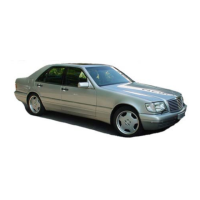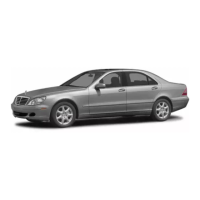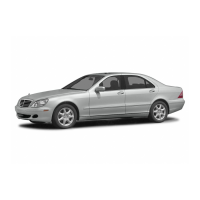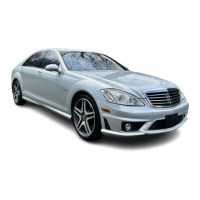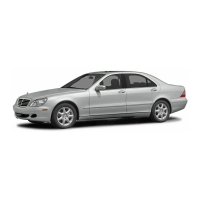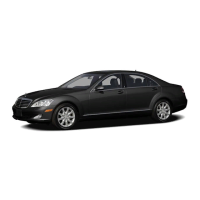260
Controls
Seats
왘 Make sure that the key is in position 1
or 2 in the ignition lock or the respec-
tive door is open.
Head restraint height
왘 Higher or lower: slide switch 1 up or
down.
i The head restraint height is automatically
adjusted relative to the seat fore-and-aft adjust-
ment.
i The head restraint on the front-passenger
seat automatically moves to its lowermost posi-
tion while the vehicle is in motion if the seat is
unoccupied. You will then have a better all round
view.
Seat height
왘 Slide switch 2 up or down in the direc-
tion of the arrow.
Seat cushion angle
왘 Up or down: slide switch 3 up or
down in the direction of the arrow until
your thighs are lightly supported.
Seat cushion length
왘 Forwards or backwards: slide switch
4 left or right in the direction of the ar-
row.
Seat fore-and-aft adjustment
왘 Forwards or backwards: slide
switch 5 to the left or right.
i The head restraint height is automatically
adjusted relative to the seat fore-and-aft adjust-
ment.
Backrest angle
왘 Slide switch 6 left or right in the direc-
tion of the arrow.
i To ensure a maximum range for seat adjust-
ment, some setting functions also cause other
setting options which are not directly related to
be adjusted at the same time.
Head restraint angle
왘 Grasp the top of the head restraint and
pull it forwards or push it backwards.
NECK-PRO comfort head restraints*
Adjusting
P91.16-2325-31
G Risk of injury
Make sure that the back of your head is sup-
ported at about eye level by the centre of
the head restraint. This will reduce the risk
of injury to your head and neck in the event
of an accident or similar situations.
Never travel without a correctly adjusted
and engaged head restraint.
G Risk of injury
When folding back the side cushions, do not
hold the area between the side cushion and
the cushion holder. There is otherwise a risk
of entrapment.
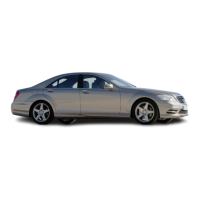
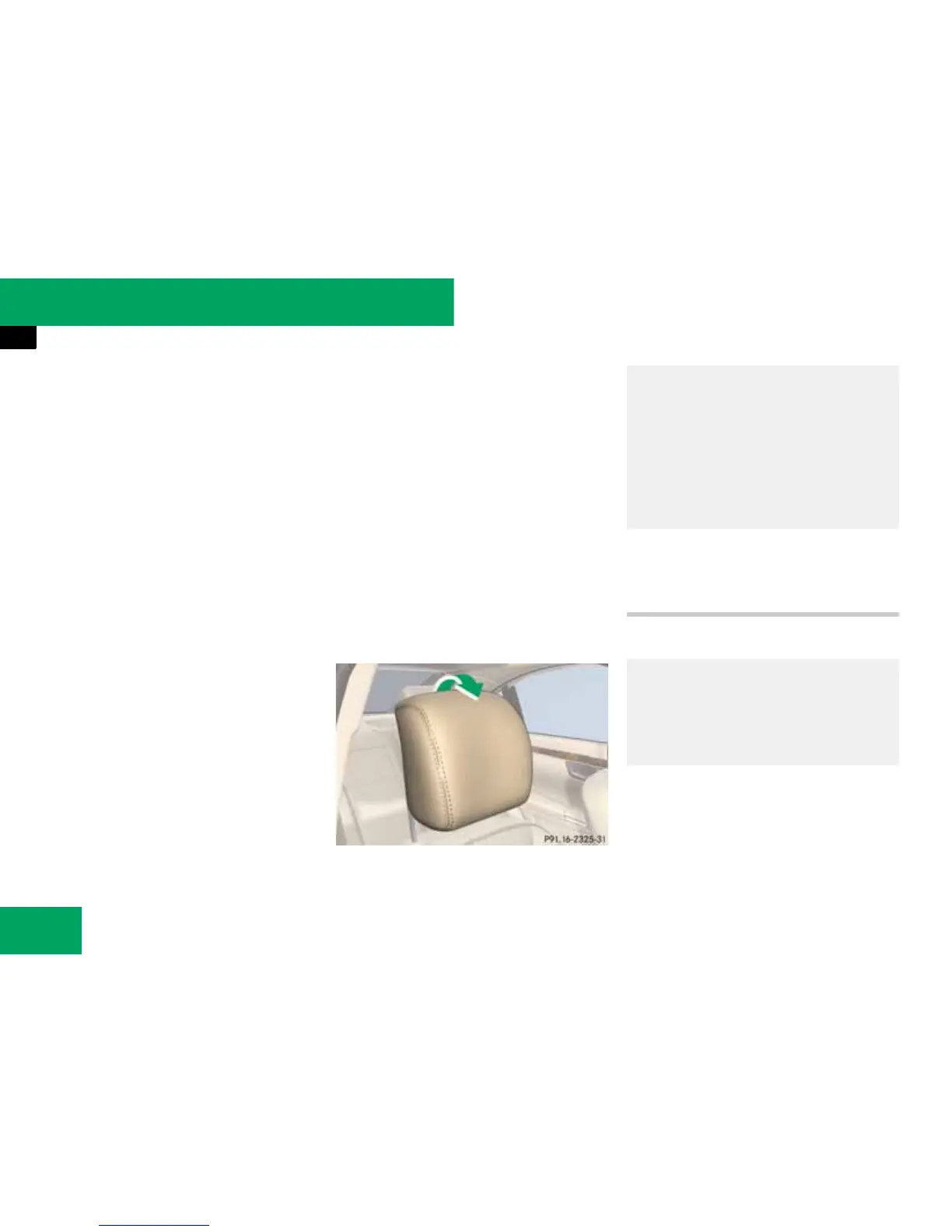